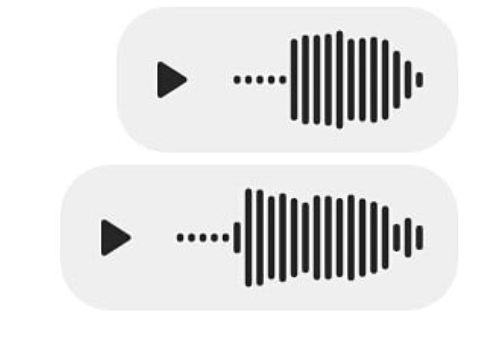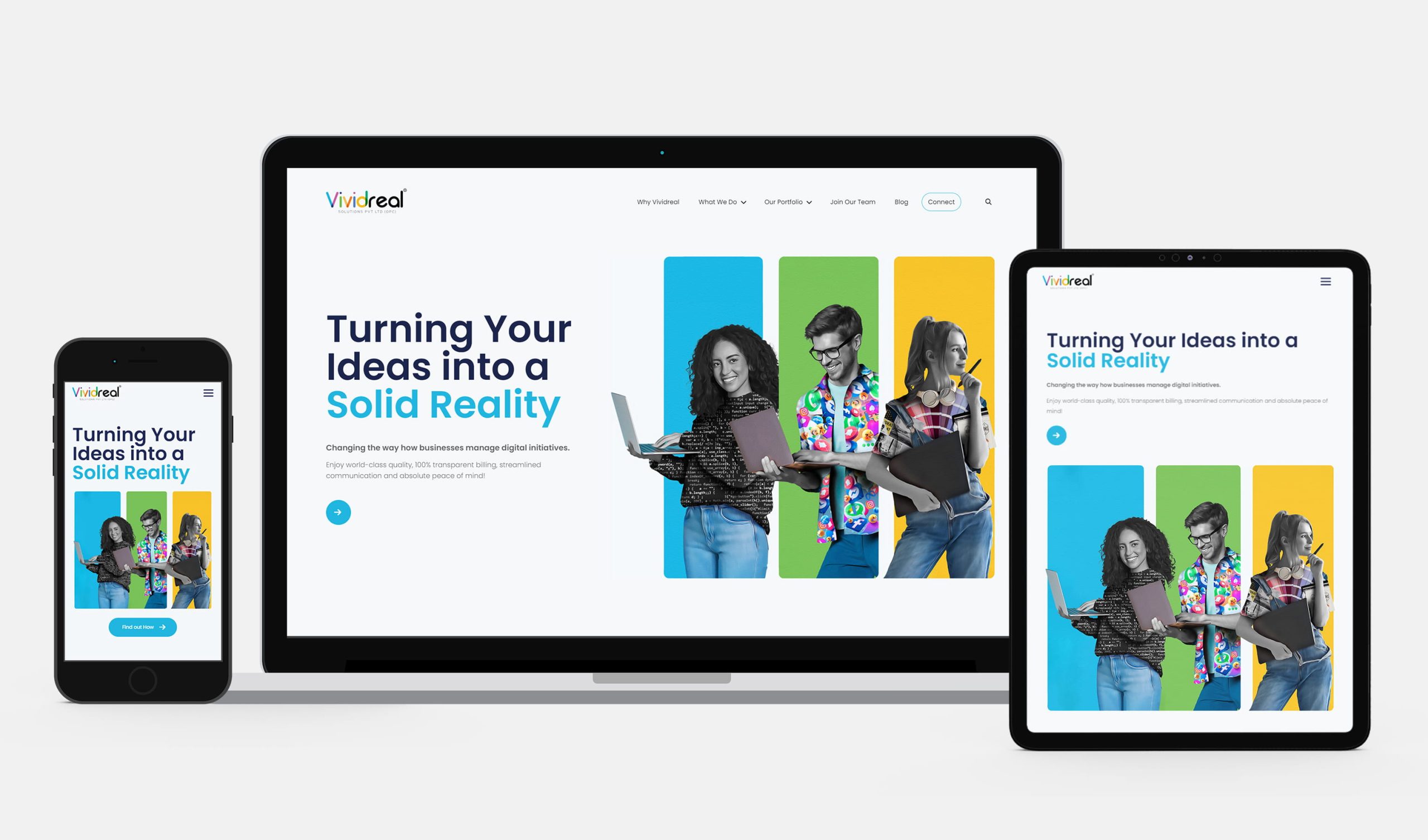Gamification in Digital Marketing

Swiggy, on their 5th anniversary, decided to celebrate by giving away offers and promotional codes. As a part of their anniversary, they even conducted a “game” on Instagram. They posted pictures of characters seated at a table, which when viewed from their main profile page, formed a collage of a larger picture of a long table around which characters were seated, enjoying a feast.
The game was simple. The first person to comment “#hbdswiggy” on posts that show a character sitting on a chair would get a 1000Rs Amazon gift card. If the chair was orange, they’d get a 10,000Rs Amazon gift card. The result? Swiggy’s Instagram page had a huge increase in overall engagement. They were getting hundreds of comments in a matter of 2-3 seconds. Their average number of comments per post went from 30-100 to over 2000. Some of their posts even ended up getting over 6000 comments!
This is one example of gamification in digital marketing. Gamification is the application of game mechanisms to non-game activities and contexts. Swiggy created a fun and innovative way of promoting its Instagram page by conducting a “game”.
Swiggy is no stranger when it comes to such fun and quirky Instagram games. Earlier they conducted another campaign where followers had to DM their Instagram page with voice notes. They had to make the waveform on the voice notes resemble food shapes!

Looks like a shawarma rotisserie to me!
They ended up receiving more than 1,50,000 DMs and observed a 30 per cent increase in the number of followers.
Another popular example of gamification is from a Coca-Cola ad campaign in Hong Kong. People of Hong Kong were asked to download an app on their phones. At night when Coca-Cola’s ad ran on their television sets, they were asked to open the app and shake or “chok” the phone to win instant prizes. “Chok” was a popular slang at that time in Hong Kong, which meant “rapid motion”.
Gamification was even used in the US army’s promotional/recruiting campaign. Candidates were asked to sign up with their personal details and were offered a free-to-download FPS (first-person shooter) game. Candidates would then get to play with other candidates online. According to their performance, they would be rewarded with Badges of Honour and other rewards, similar to actual medals and titles bestowed by the military. This proved to be an excellent promotional strategy for the US Army, helping spread awareness and increasing the number of army recruits.
Gamification puts a fun twist on your marketing. It’s a creative way of getting people to interact with your brand. Since the audience is presented with something fun, more people will willingly participate. Instead of regular campaigns where you pay to get more people to look at what you have, in these campaigns, people actually want to be included in what you have to offer. Pair these campaigns with attractive prizes, and you get a campaign that might just go viral.
There are many advantages and disadvantages to using this technique.
- More engagement.
More people get involved. It goes without saying, people like to have fun.
- People feel a sense of achievement.
Rewards, titles, discount codes help people stay motivated. This keeps them engaged for a longer time and helps attract others too!
- Tap into the competitive spirit of your audience.
People are competitive! Friends, families and social media contacts get involved and they all try to best each other, skyrocketing post engagement!
However, if not planned well, gamification will not work the way you want it to. It’s easy to get carried away and try to create a fun experience for someone else. You must always have a clear idea of what goals you are trying to achieve through your campaigns. People also get bored really easily. So either make your rewards satisfactory or keep them motivated in other ways. You constantly need to have creative ideas and should also be updated with current gaming trends. Create activities that haven’t been used a hundred times by others. Also, nothing is fun when it is forced. People should participate in their own terms, forced gamification efforts will fail without a doubt.
While we’re on the topic of disadvantages of gamification, let’s talk about another example. Uber had used certain gamification techniques on its app for its drivers. Drivers are encouraged to take up more rides. They are offered monetary rewards if they complete certain milestones. New rides even appear on the app before the current ride has ended. Kinda like how Netflix recommends the next episode even before the current episode has finished! But this had a somewhat adverse effect on the drivers. They started working longer hours enticed by all the rewards that they were offered. For them, a few extra hours of work meant extra money at the end of the day. This made them work even when they were tired, which would increase the risk of road accidents. Uber finally had to take measures to reduce the number of hours worked.
Gamification is surely a great way to increase engagement and spread brand awareness. Are you ready to try spicing things up in your marketing campaigns? Try creating a fun event or a competition. Plan it well and reap the rewards later.
If you’re looking for creative ways to market your products and services, our digital marketing strategists would love to help. Talk to us here.


